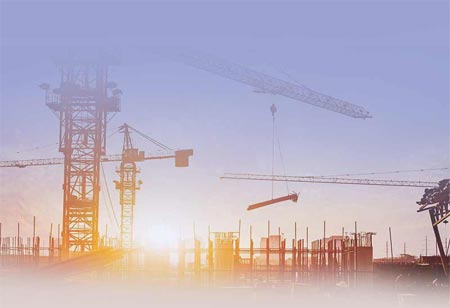Thank you for Subscribing to Construction Business Review Weekly Brief
Specials
- Apartment and Condominium Contractors Canada
- Decking Canada
- Architectural Glass Europe
- MEP APAC
- Construction Saudi Arabia
- German Apartment and Condominium Contractors
- Construction Law APAC
- Outdoor Construction
- Foundation Construction Canada
- MEP Canada
- Kitchen and Bath
- Cold Storage Construction APAC
- Precast Concrete Europe
- Construction Staffing Europe
- Pre-Construction Services
- Flooring System APAC
- Scaffolding Canada
- Swimming Pool Construction Canada
- Construction Management Canada
- Cold Storage Construction Canada
- Flooring Systems Europe
- Residential Construction
- Concrete Canada
- Construction Cladding Europe
- Construction Cladding APAC
- Concretes, Aggregates and Construction Materials APAC
- Concretes, Aggregates and Construction Materials Europe
- Commercial Contractors Europe
- Commercial Contractors APAC
- Dummy
- Construction Insulation, Coating and Waterproofing
- Construction Management APAC
- Landscaping Canada
- Construction Coating Europe
- Construction Tech Startups Europe
- Insulation Services Europe
- Mechanical Contractor Canada
- Mould Remediation and Testing Europe
- Swimming Pool Construction APAC
- Building Sealing Solutions Europe
- Construction Engineering Services
- Mechanical Electrical and Plumbing
- Roofing Systems Europe
- Architectural Glass APAC
- Startups APAC
- Construction Forensic and Owners Representative
- Flooring System
- Waterproofing APAC
- Wall Systems
- Safety and Compliance Europe
- Construction Bidding and Auctions
- Modular and Prefab Construction
- Architectural Glass
- Construction MENA
- Construction Demolition and Recycling Europe
- Modular Construction Europe
- Construction Interiors
- Steel Building APAC
- HVAC
- Doors and windows
- Construction Latam
- Building Information Modeling APAC
- Sustainable Construction APAC
- Building Restoration and Maintenance
- Commercial Contractors
- Specialty Construction
- Construction Engineering Canada
- Construction Engineering MENA
- Modular Construction Canada
- Modular Construction APAC
- Roofing and Siding Systems
- Workforce Management and Staffing
- Roofing Systems APAC
- Construction Consulting
- Steel Building Europe
- Construction Demolition and Recycling APAC
- Safety and Compliance APAC
- Concretes, Aggregates and Construction Materials
- Construction Cladding
Developments in Concrete and Masonry Construction Technology
The advancements are increasing the longevity and resilience of structures and addressing environmental concerns and labor efficiency.

By
Construction Business Review | Tuesday, October 01, 2024
Stay ahead of the industry with exclusive feature stories on the top companies, expert insights and the latest news delivered straight to your inbox. Subscribe today.
The advancements are increasing the longevity and resilience of structures and addressing environmental concerns and labor efficiency.
Fremont, CA: Concrete and masonry have long been foundational materials in construction, offering durability, strength, and versatility. Recent technological advancements have significantly improved these materials' performance, sustainability, and efficiency in modern construction. From self-healing concrete to advanced 3D printing and sustainable masonry units, innovations are transforming how buildings are designed, constructed, and maintained.
Even tiny cracks can allow water and chemicals to infiltrate the material, leading to deterioration and costly repairs. Self-healing concrete incorporates bacteria, microcapsules, or polymers that react with moisture to seal cracks automatically. When a crack forms, these agents are activated by water, producing a compound (such as calcium carbonate) that fills the gap, preventing further damage. The technology enables greater design flexibility, allowing architects and engineers to create complex, custom shapes that would be challenging or expensive with conventional methods.
The innovation improves the longevity of concrete structures, reduces maintenance costs, and enhances safety, especially in critical infrastructure like bridges, dams, and highways. 3D concrete printing involves using specialized machines that extrude layers of concrete to build structures, offering numerous advantages over traditional methods.





